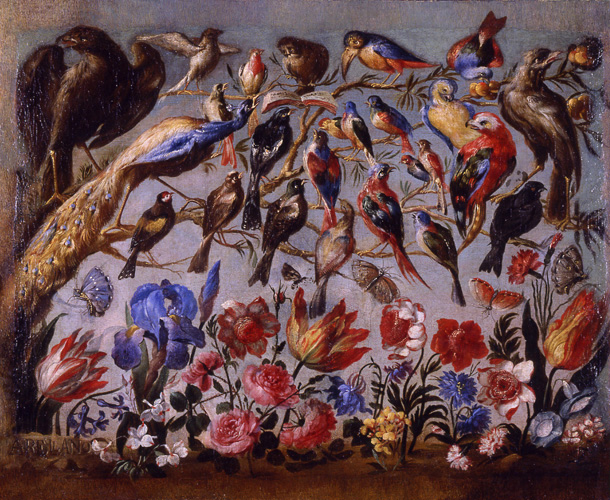Meet Lourdes Vaquero Argüelles, director of the Cerralbo Museum in Madrid
Meet Lourdes Vaquero Argüelles,
Director of the Cerralbo Museum in Madrid
By Fiona Scott Lazareff
30 March 2015
"Most art lovers coming to Madrid will be advised to head straight for the Prado, the Thyssen and the Reina Sofía" says Lourdes Vaquero Argüelles, who has been director of the sumptuous Cerralbo museum since 2000. “But there are a handful of smaller museums such as the Cerralbo, which deserve to be visited.” Indeed, after a day spent wandering around one of the colossal ‘big three’ with gallery after gallery of master-pieces, a saunter around the Cerralbo museum, the former town mansion and art gallery of the 17th Marquis of Cerralbo (1845-1922), makes a welcome and refreshing change. It is also a fascinating insight as to how the rich Spanish aristocracy lived at the end of the 19th century.
The Marquis travelled throughout Europe with his family visiting museums and buying works of art, amassing a magnificent collection of more than 50,000 objects. Due to its quality and diversity, it was at the time considered to be the most complete private art collection in the country. His wife, and her children, Antonio and Amelia del Valle y Serrano, the Marquis and Marquess of Villa-Huerta, continued to contribute to it.
Ms Vaquero explains that the entire collection of the Marquis is on display, which a visit will leave you in no doubt. Each room is packed with paintings, furniture, sculptures, porcelain… And each room gives you a snap-shot view of the way this family lived. An extravagant array of rooms shows not just what a lavish entertainer the Marquis was, but also how he aimed to impress his guests with his knowledge of subjects ranging from history, politics, archaeology and the arts. The palace, which was built by the Marquis between 1883-1893 as a private home, was clearly also designed to act as an art gallery and a way of impressing guests. It is a wonderful example of classicism. The design was directed by the Marquis himself who was strongly influenced by his travels in Italy.
On the first floor, a long gallery through which guests would pass before arriving at one of the reception rooms is stuffed full of weapons, armor, coats of arms and so forth, showing that the Marquis' family might be very rich, but it was certainly not nouveau riche. The fabulous collection of furniture, paintings, silver and porcelain, which includes objects from different parts of the world, showed how cultivated and well-travelled the Marquis and his family were. The ball room, laden with gold And crystal chandeliers would have put any arriviste's nose neatly out of joint.
Ms Vaquero says her objective "is to promote the legacy of the Marquis, maintain the spirit of the place and keep it as a living institution." She has certainly succeeded. And even though the museum is a little off the beaten track, a considerable 81,000 people negotiated their ways to its doors in 2014.
Before being chosen for the enviable post, Vaquero followed a fairly conventional career, studying history in Madrid before doing the official exams for curators. She then directed museums in Salamanca where she was in charge of temporary exhibitions, whilst working for the ministry of culture.
She believes the most important piece in the collection is the Immaculate Conception a painting by Zurbarán: "it's a work of great quality, it's very spiritual, a very natural portrait of the Virgin, which is unusual. Zurbarán used one of his wives as his model."
Her personal favourite is a painting by Juan de Arellano, Concierto de aves (Aves y flores), which he completed in the last part of the 17th century.
Concert of Birds (Birds and Flowers)
Juan de Arellano
Before I leave, I ask Ms Vaquero if she can give Diventonians a couple of personal recommendations for their visit to Madrid.
“I would give the Monastery of Las Descalzas Reales a visit, since I love the decorative arts.” Whilst the Monastery is somewhat austere from the outside, the interior is totally 17th century with paintings by Titian and Rubens, and 17h century tapestries inspired by 20 sketches from Rubens’s the Triumph of the Eucharist series, ordered by Isabella Clara Eugenia, sovereign of the Spanish Netherlands.
For some typically local food, not far from the museum, she would recommend Mür Café (Plaza de Cristino Martos, 2), Txirimiri, (Calle Ferraz, 38) or Dantxari (Calle Ventura Rodríguez, 8), a typical Basque restaurant. “But if you're looking for a gastronomic blow out, I would book a table at El Club Allard, a two star Michelin restaurant" (Calle Ferraz, 2).

